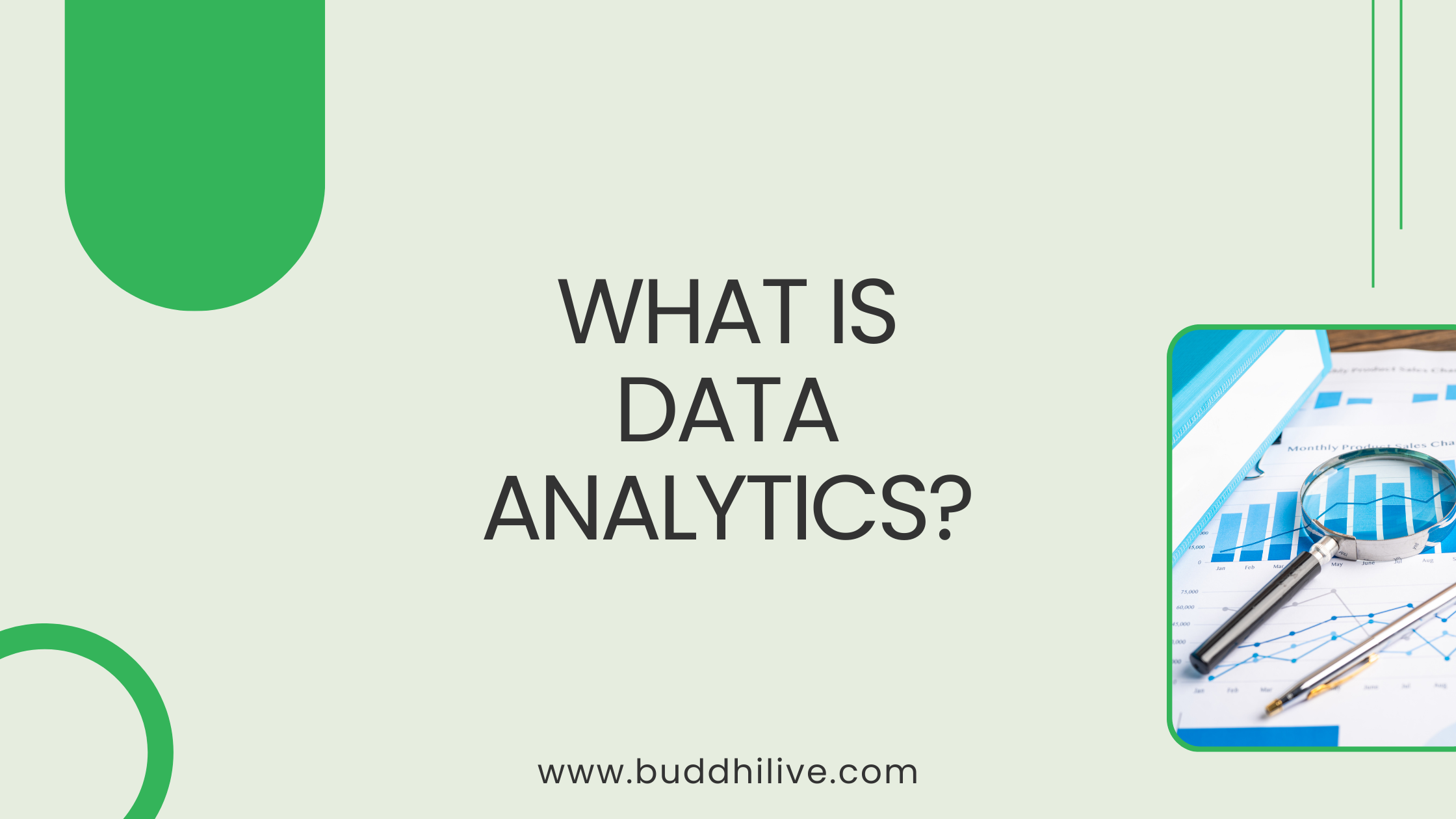Data surrounds us. From our shopping habits to social media clicks, it paints a detailed picture of our lives and the world around us. But raw data is just a jumbled mess. That’s where data analytics steps in, transforming it into meaningful insights that drive progress across various industries.
The Power of Data: Unlocking Potential
Imagine a retail store predicting customer preferences, a hospital optimizing treatment plans, or a city streamlining traffic flow. These are just a glimpse of what data analytics can achieve. It empowers businesses to:
- Make informed decisions: Analyze customer behavior to personalize marketing campaigns, identify sales trends to optimize inventory, or predict equipment failures for proactive maintenance.
- Gain a competitive edge: Uncover hidden patterns in competitor strategies, develop innovative products based on market demands, and streamline processes for increased efficiency.
- Solve complex problems: Analyze vast datasets to understand social issues, develop effective public policies, or even combat climate change with data-driven solutions.
The Data Analytics Process: From Question to Insight
Data analytics isn’t magic; it’s a systematic process. Here’s a simplified overview:
- Define the problem: What question do you want to answer? What data is relevant?
- Collect and clean data: Gather data from various sources and ensure its accuracy and completeness.
- Explore and analyze data: Use statistical methods, machine learning, and data visualization tools to identify trends and patterns.
- Communicate insights: Present findings in clear, actionable reports and visualizations for decision-makers.
Start by familiarizing yourself with basic data analysis tools, learning foundational statistics and programming languages like Python or R. Remember, the journey begins with a single step, and data analytics just might be the first step towards a fulfilling and impactful career!

